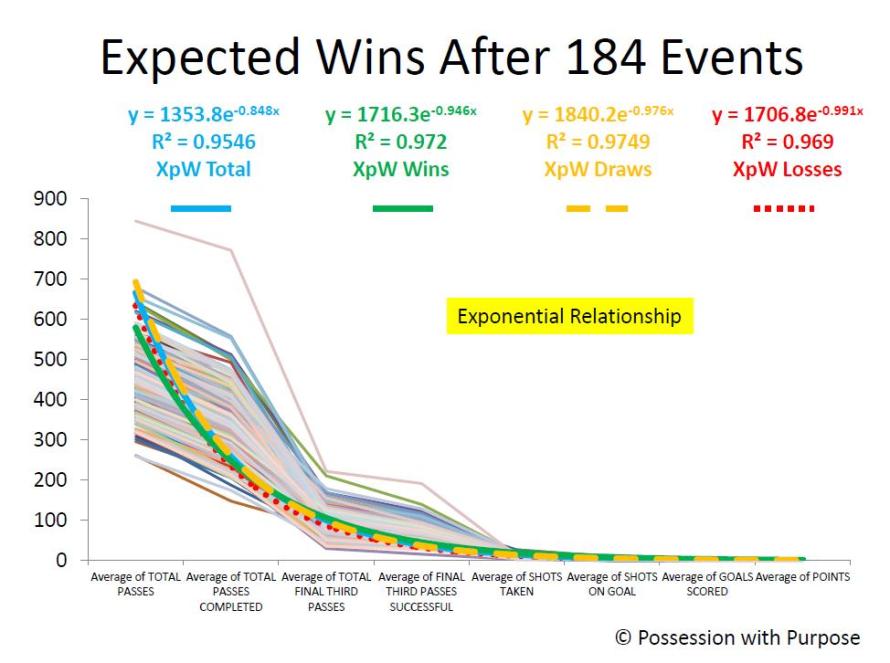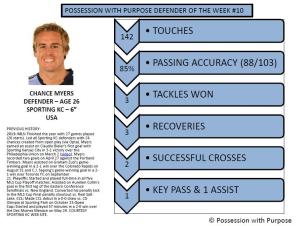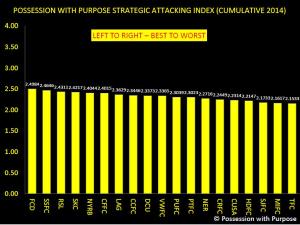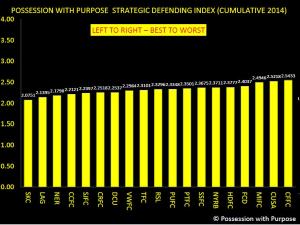Playoffs are a real possibility for the Whitecaps
/Vancouver finished outside the playoff picture last year in a conference that allows 55.6 percent of its members to advance into November. Despite passing the "eye test" with a lot of talent, and despite producing a positive goal differential, the Whitecaps did little to convince our more advanced soccer statistics that they were a good team. Vancouver fired off 12.9 shots per game, but allowed 15.1. Furthermore, when those shots are valued based on quality, Expected Goals suggests Vancouver was below average, posting a negative xGD. Supporters may have pointed to their excellent shot accuracy and finishing rates as signs of talent and reason for optimism, but those things don't stabilize quickly, and the man who was most responsible deserted them for Liga MX. To kick off the season, we provided previews of all 19 teams. Jacob covered Vancouver, and he justifiably wrote, "As the 2014 season gets set to begin, Vancouver is one of just a few teams in the league that don’t appear to be as good as last year." Losing internationals Kenny Miller, Y.P. Lee and Camilo would probably make any MLS team worse, and before the acquisition of Matias Laba, Steve Beitashour was probably the most notable addition. On average, you readers picked the Caps to finish 7th in the West, and 76 percent of you guessed that they would miss the playoffs. I'm quite confident that I picked them to finish in 8th place. Missing the playoffs may very well still happen, but that outcome doesn't seem to have a majority of the probability anymore.
I think it's fair to say that Vancouver's 2014 has been surprising for most everybody. After ten games, nearly one-third of a season, Vancouver finds itself in third place. More importantly, it has an above-average shot attempt ratio (1.1) and positive expected goal differentials both overall (+0.13 per game) and in even gamestates (+0.36 per game). In 2013, the first 10 games of the season proved to be reasonably predictive of points earned in the final 24, as shown below.
| Predictor | Correlation | P-value |
| GD | 0.43 | 0.091 |
| AttRatio* | 0.55 | 0.000 |
| xGD | 0.78 | 0.000 |
| xGD (zero) | 0.75 | 0.000 |
A team's actual goal differential during the first 10 games had the weakest correlation to its points earned in the last 24 games, as any reader of this blog would have expected. But look at the correlations between xGD in the first 10 games and points earned in the last 24 games. Only more seasons of data will tell us if the correlation is truly that strong, but it's definitely a good indication for Vancouver. The xGD model would expect them to earn another 37 points, totaling 53 points for the season---a figure that, in combination with our playoff chances, suggests the playoffs might be more likely than not likely for the Vancouver Whitecaps.
*The correlation for Attempt Ratio was calculated from all team seasons between 2011 and 2013, while the other correlations could only be calculated from 2013 with the available data.













